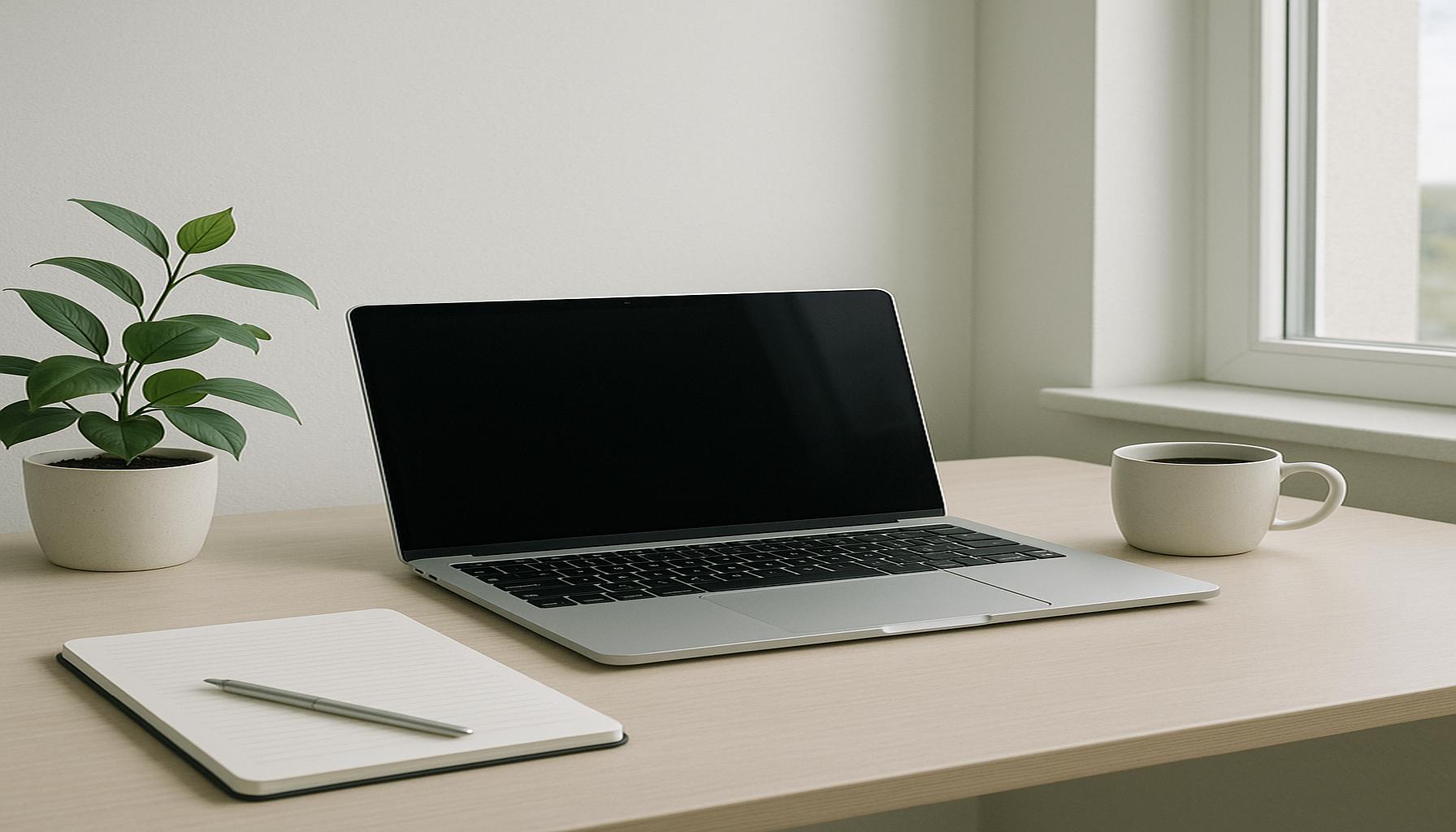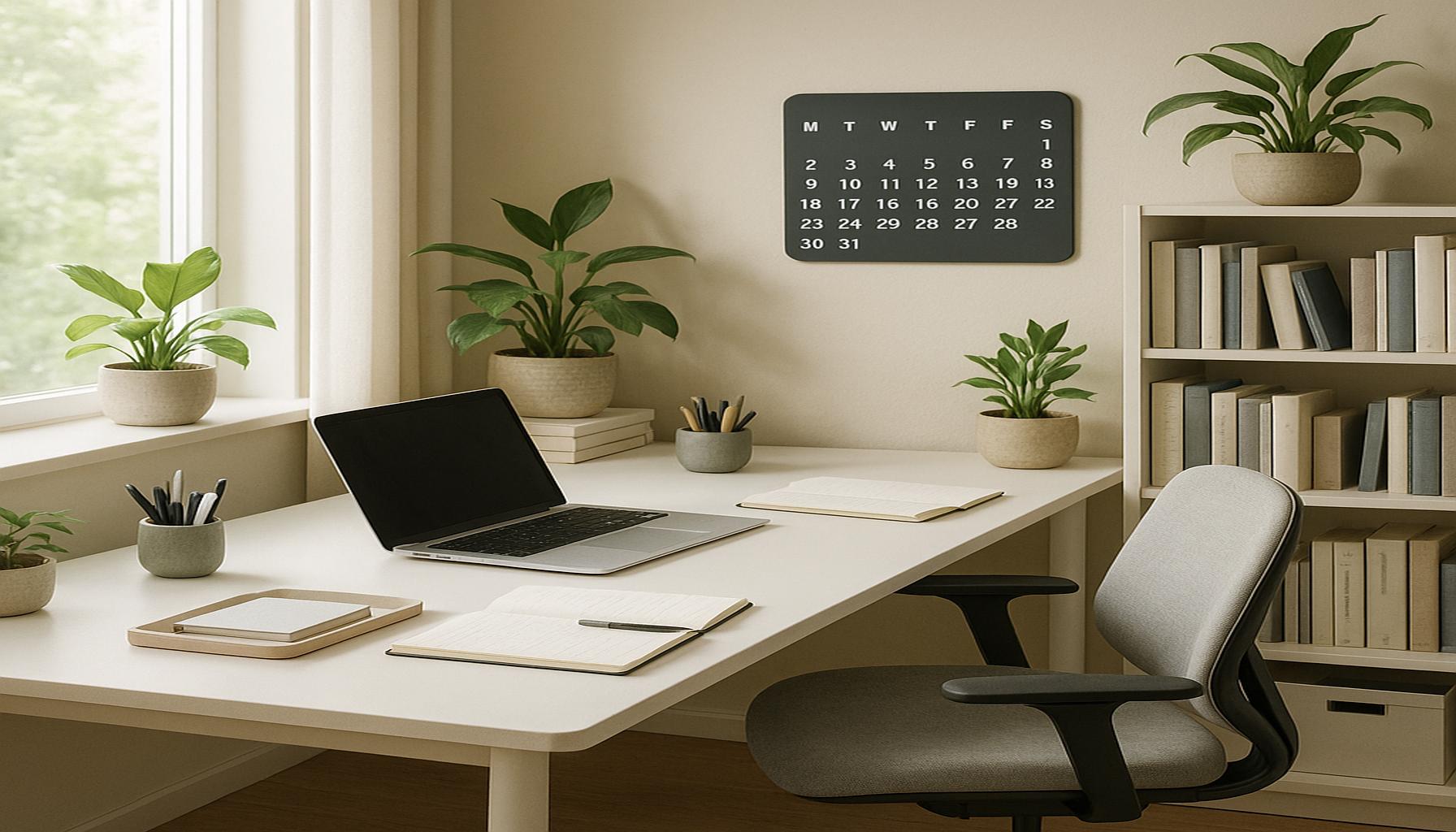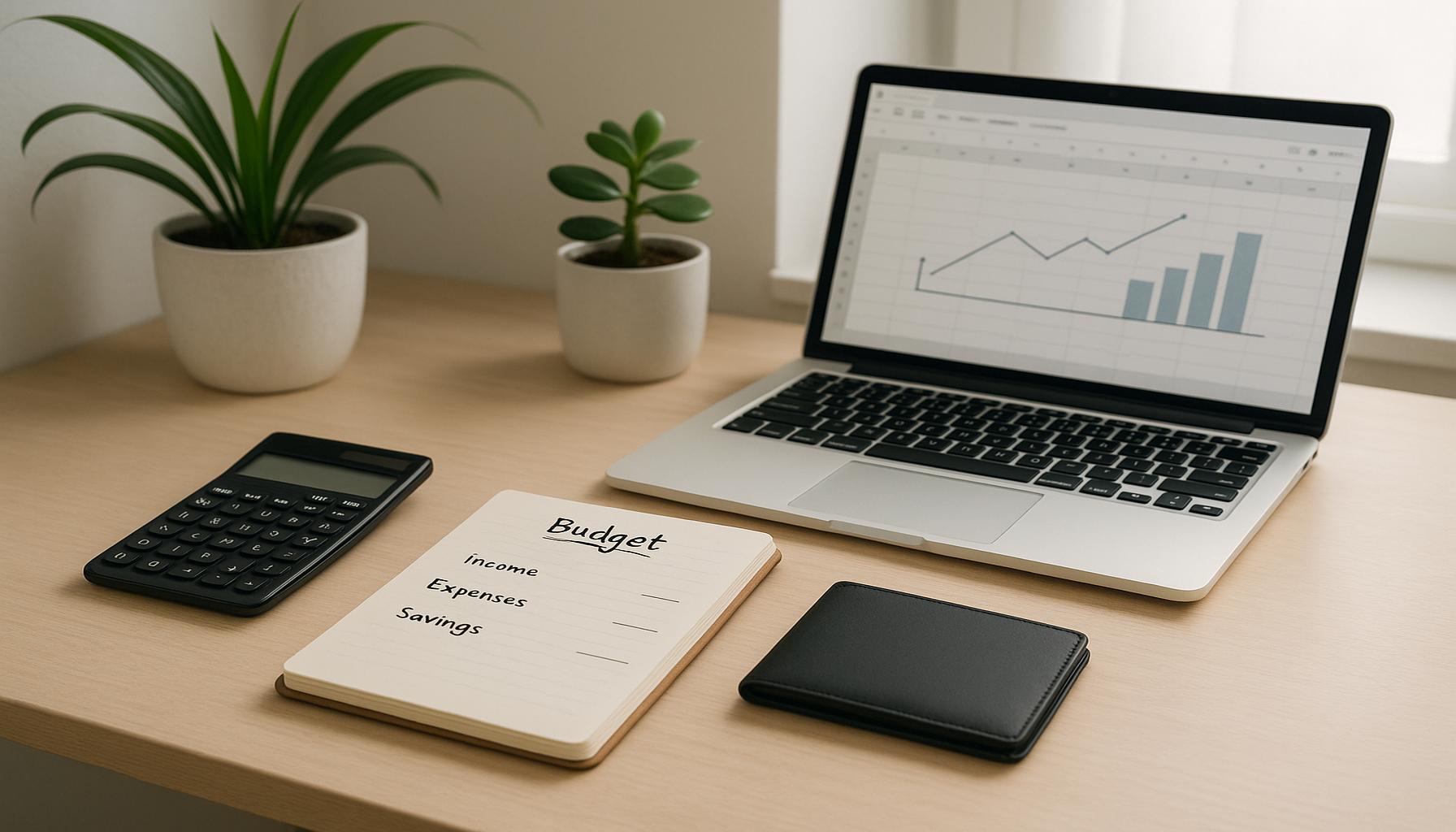Minimalism and the Reduction of Mental Noise: Creating a More Efficient Workspace
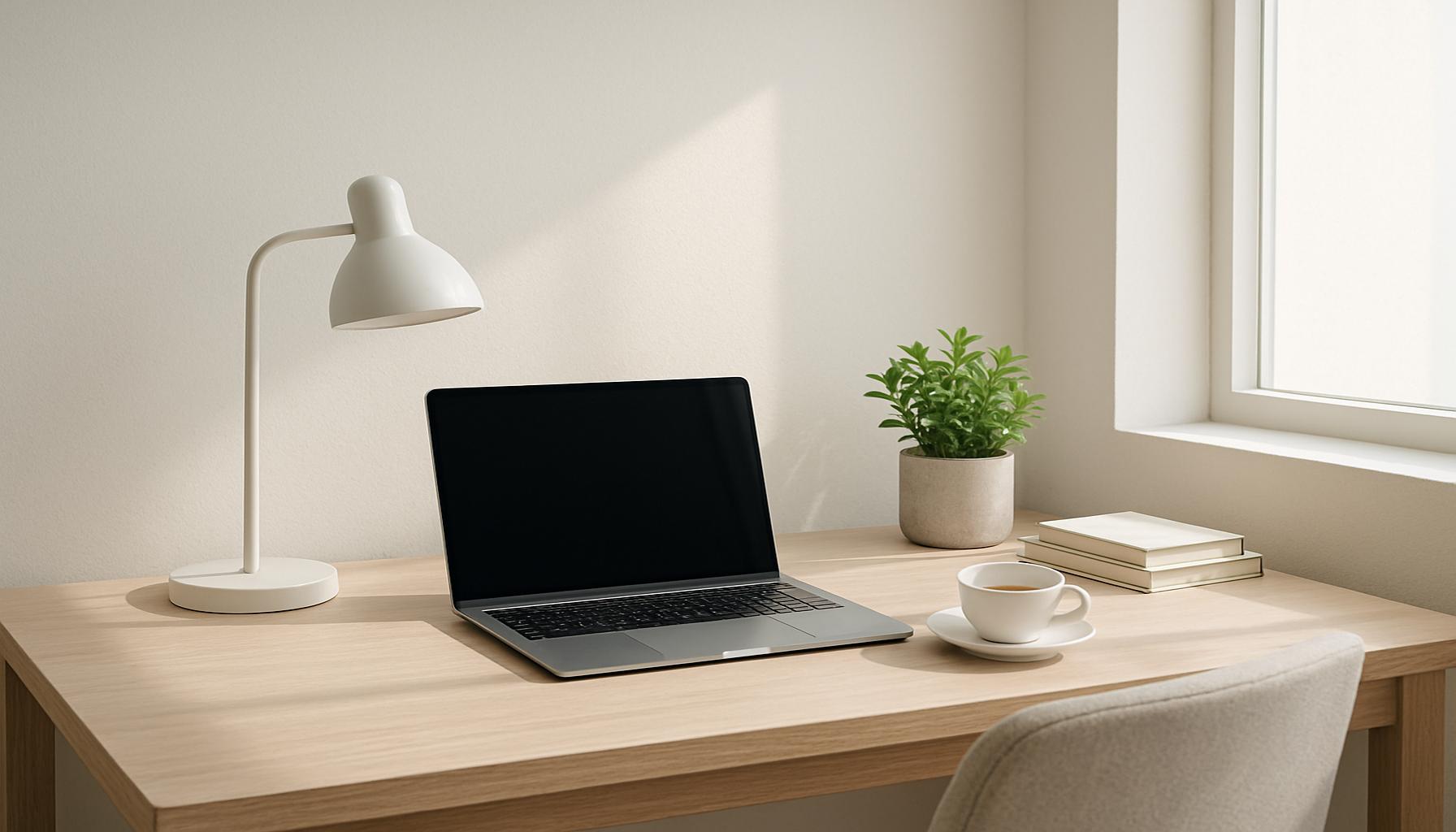
The Importance of Minimalism in the Modern Workspace
In an era overflowing with information and distractions, the quest for productivity has never been more critical. Many professionals find themselves struggling to concentrate amidst the chaos of their surroundings. Embracing minimalism can serve as a powerful antidote to this issue. The philosophy of minimalism—focusing on simplicity and eliminating unnecessary elements—can not only declutter our physical spaces but also our minds.
Benefits of a Minimalist Workspace
By simplifying our workspaces, we can significantly reduce mental noise, leading to enhanced efficiency. The benefits of a minimalist environment are numerous and impactful:
- Clarity: A less cluttered space fosters better focus. Research has shown that physical clutter can decrease cognitive performance. For instance, a study published in the journal Psychological Science found that participants in organized environments could perform tasks more efficiently compared to those in cluttered spaces.
- Reduced Stress: Fewer distractions help lower anxiety levels. In fact, a clean workspace can create a sense of calm, analogous to the effect of a well-organized home. A survey by the National Institute for Occupational Safety and Health (NIOSH) indicated that individuals working in tidy environments reported significantly lower stress levels compared to their cluttered counterparts.
- Improved Creativity: A tidy environment encourages fresh ideas. Spaces that are organized can catalyze innovative thought processes by clearing the mind of distractions that typically inhibit creativity. Famous personalities like Steve Jobs have attributed their innovative ideas to a simpler, more minimalist lifestyle, which directly influenced their workspaces.
- Enhanced Organization: Simplification makes it easier to find tools and materials. With fewer items in a workspace, professionals can locate essential resources quickly. This organizational ease can be crucial during busy workdays or tight deadlines, as it saves precious time and reduces frustration.
Strategies for Creating a Minimalist Workspace
Implementing minimalism in your workspace does not mean sacrificing functionality. Simple strategies can lead to significant improvements in organization and productivity. Start by decluttering desks and eliminating items that do not serve a purpose. Consider investing in multi-functional furniture or storage solutions that keep essential items accessible yet out of sight.
Additionally, encourage the use of digital tools over physical documents to further reduce clutter. Cloud-based systems offer the convenience of easy access to files without the mess of paper spreading across your desk. Tools like Google Drive, Trello, or Asana can enhance your workflow while maintaining an organized virtual environment.
Furthermore, developing a routine to maintain a minimalist workspace is essential. Setting aside time each week to reassess your environment ensures that you stay on track and continue to reap the benefits of minimalism.
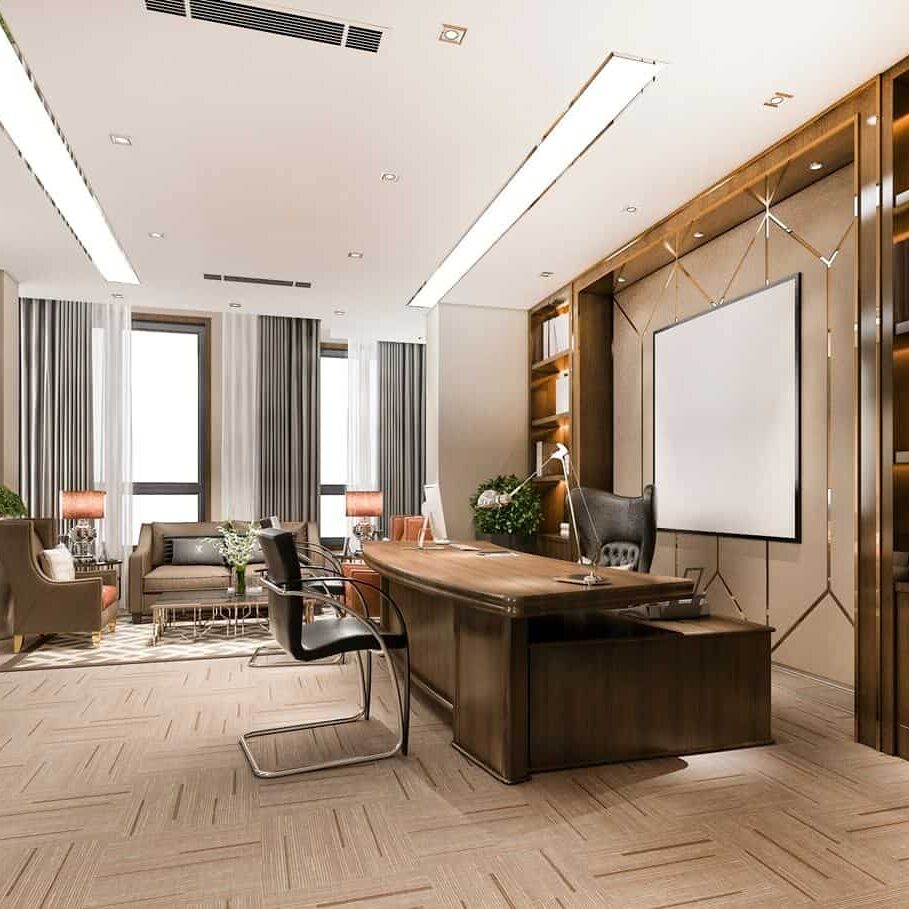
Ultimately, research indicates that minimalism not only aids in decluttering physical spaces but also promotes mental clarity. This article delves into strategies for creating a workspace that maximizes productivity while minimizing stress. Explore how you can transform your working environment and improve your mental well-being. Discover actionable tips that can lead to a more organized, efficient, and peaceful workspace.
DISCOVER MORE: Click here to learn effective task prioritization techniques
Transforming Your Workspace for Enhanced Focus
Creating a minimalist workspace is more than just a trend; it is an essential strategy for enhancing focus and productivity in today’s fast-paced work environment. As professionals confront a constant influx of information and distractions, embracing minimalism emerges as a viable solution to cultivate a more efficient workspace. By reducing mental noise, individuals can improve their concentration, increase their productivity, and ultimately achieve better results.
Understanding Mental Noise
Before diving into minimalist strategies, it’s important to grasp the concept of mental noise. This term refers to the clutter of thoughts and distractions that bombard our minds daily, making it difficult to concentrate on the task at hand. Psychological studies reveal that mental noise can stem from both external factors, such as clutter and distractions in the environment, and internal factors like stress and anxiety. With the average person spending over 8 hours a day in front of a screen, the clutter in one’s workspace can quickly transform into an overwhelming source of mental fatigue.
Key Elements of a Minimalist Workspace
To effectively reduce mental noise, consider the key elements of a minimalist workspace:
- Functionality: Every item in your workspace should have a clear purpose. Evaluate each object; if it does not contribute to your productivity or well-being, consider removing it. A streamlined setup allows for better accessibility and reduced visual stress.
- Color Palette: A minimalist environment often features a muted color palette. Soft neutrals and whites can create a calming atmosphere ideal for enhancing concentration. Dark colors or overly bright hues can lead to distractions, drawing attention away from productive work.
- Ergonomics: A comfortable workspace that supports physical health also fosters mental clarity. Invest in an ergonomic chair and desk setup, allowing you to focus on your tasks without physical discomfort. This investment pays dividends in productivity and overall morale.
- Technology Management: With the prevalence of digital devices, managing technology is crucial. Clearing unnecessary notifications and limiting the number of open tabs can dramatically minimize distractions. Tools like the Pomodoro Technique can also help maintain focus during work periods.
Implementing these key elements lays the foundation for a workspace that promotes serenity and efficiency. Developing a personal aesthetic that resonates with you while adhering to minimalist principles can further amplify these benefits.
Creating Your Blueprint for Minimalism
To effectively transition into a minimalist workspace, start by creating a blueprint tailored to your specific needs. Visualizing the layout and flow will guide your decluttering process and ensure that each component functions cohesively. Regularly revisiting your workspace can prevent the gradual return of clutter, maintaining a space conducive to productivity and peace of mind.
By taking actionable steps toward a minimalist workspace, individuals can dramatically reduce their mental noise and cultivate a more serene environment that prioritizes both efficiency and well-being.
| Category | Key Features |
|---|---|
| Focus and Clarity | Minimalist spaces enhance focus by reducing visual clutter, which can help in achieving a clearer state of mind. |
| Productivity Boost | An uncluttered workspace can lead to a notable increase in productivity, as it allows individuals to concentrate on the tasks at hand without distractions. |
| Reduced Stress | A minimalist environment helps in lowering stress levels by promoting a sense of calm and order, which is vital for effective work performance. |
| Enhanced Creativity | Fewer distractions foster creative thinking, as a simplified workspace allows for better mental exploration of ideas. |
In adopting a minimalist approach, one can harness the significant benefits that lead to a more efficient workspace. Minimalism and the reduction of mental noise create an atmosphere conducive to focused work, which is increasingly important in today’s fast-paced environment. By embracing this concept, individuals not only streamline their work process but also enhance their overall mental well-being.
DISCOVER MORE: Click here to learn how to simplify your life
Implementing Minimalism: Practical Steps to Reduce Mental Noise
Embracing a minimalist workspace goes hand in hand with cultivating a focused mindset. While the key elements discussed earlier provide a solid foundation, there are practical steps you can take to further minimize mental noise and enhance your productivity. Adopting these measures can lead you to a more efficient and harmonious working environment.
Decluttering Your Digital Environment
In today’s digital age, a cluttered physical workspace can be equally matched by a disorganized digital environment. Consider that the average office worker spends nearly six hours a day checking email, and that’s just one aspect of digital chaos. To combat this, declutter your digital devices by organizing files into clearly labeled folders. Unsubscribe from unnecessary email lists and utilize tools like email filters to streamline your inbox, enabling quicker access to important correspondence. A clean desktop, both literal and virtual, can dramatically enhance your ability to concentrate, free from the distractions of unaddressed tasks and notifications.
Establishing Routines for Better Focus
Routines serve as a backbone for productivity and mental clarity. Establish a morning routine that prioritizes your most critical tasks or use specific time-blocking techniques. For instance, the Time Blocking method allows you to allocate specific periods for focused work on particular tasks, thereby reducing the urge to multitask—a common source of mental noise. Consider incorporating regular, scheduled breaks into this routine, which have been shown to boost overall productivity and mental resilience.
Mindfulness Techniques to Clear the Mental Clutter
Incorporating mindfulness techniques into your workday can engage your mind, mitigate stress, and ease mental noise. Simple practices such as deep breathing, short meditation sessions, or even mindful moments of stretching can sharpen focus and enhance clarity. Research suggests that mindfulness can reduce the brain’s propensity to wander and foster the ability to concentrate on the present moment. Dedicated tools, such as apps like Headspace or Calm, can guide you through short mindfulness exercises tailored to fit within your workday.
Limit Personal Items and Decor
While personal items can provide comfort and inspiration, excess decor can lead to visual overload. Aim to strike a balance by incorporating a few select pieces that resonate personally while keeping the majority of your workspace clear. A single plant or a unique, meaningful artwork could enhance the ambiance without overwhelming your senses. As with color palette choices, the aim is to create a space that fosters focus through simplicity rather than chaos.
The Power of Sound Management
Sound is another critical factor that can contribute to mental noise in the workspace. Consider using noise-canceling headphones to block out disruptive sounds inherent in many office environments. Alternatively, white noise machines or ambient sound applications can create a soundscape conducive to concentration. Interestingly, studies have shown that specific types of music, such as classical or lo-fi tracks, can further improve focus while limiting distractions.
By applying these practical steps, individuals can Engineer a minimalist workspace that harmonizes their physical and mental environments. Ultimately, creating a balanced, clutter-free space leads to a more serene and productive experience, where the focus thrives and mental noise is substantially minimized.
DISCOVER MORE: Click here to enhance your productivity
Conclusion: Embracing Minimalism for a Clearer Mind
In today’s fast-paced work environment, the pursuit of efficiency often collides with overwhelming mental noise. By embracing minimalism within your workspace, you can tackle this chaos head-on. The adoption of a clean, organized environment—both physical and digital—serves as a powerful catalyst for enhancing focus and productivity. Through deliberate decluttering, establishing structured routines, and integrating mindfulness practices, individuals can craft a workspace that not only supports work outputs but also nurtures mental well-being.
Furthermore, the decorative elements and auditory distractions present in your environment play a vital role in shaping your mental state. Striking the right balance between personal expression and spatial simplicity can create an inspiring yet unobtrusive atmosphere. Overall, by practicing these principles of minimalism, you are not just transforming your workspace but are also inviting clarity and intentionality into your work processes.
The journey toward a minimalist workspace is ongoing, and as you implement these strategies, you may find new facets of creativity and productivity emerge, allowing for deeper engagement with your work. In a culture increasingly ignited by distraction, minimalism offers a transformative path toward more efficient, focused, and fulfilling work experiences. Embrace the calm, gather the tools for introspection, and watch as the resulting clarity propels you to new heights in your professional journey.
